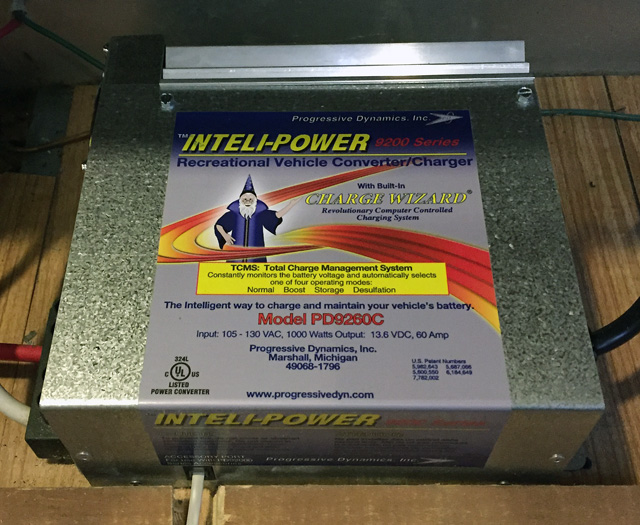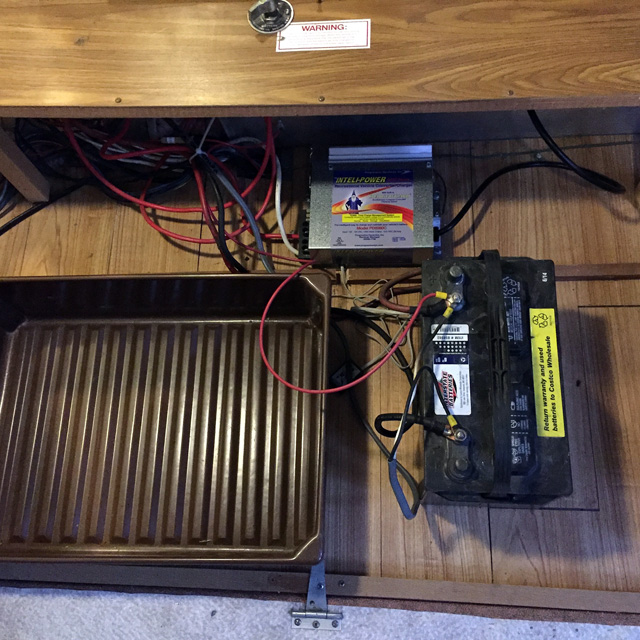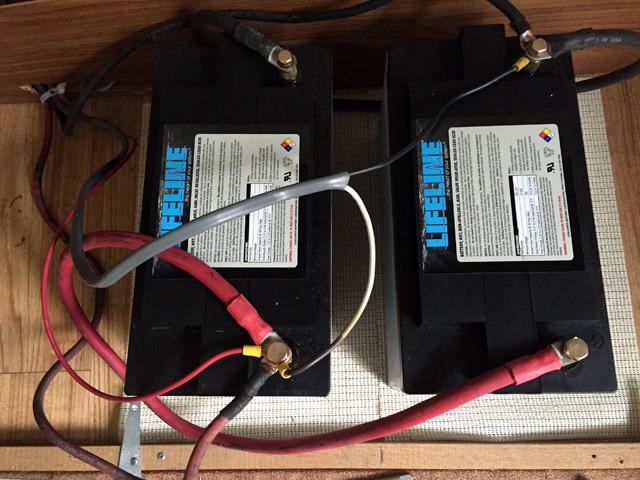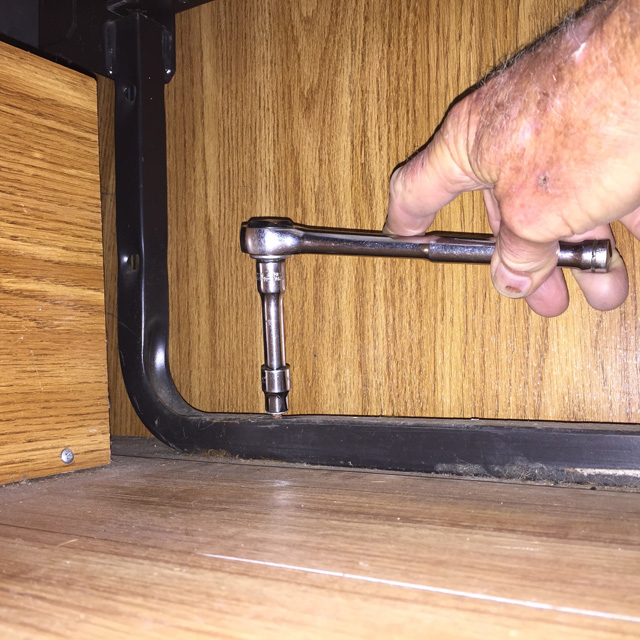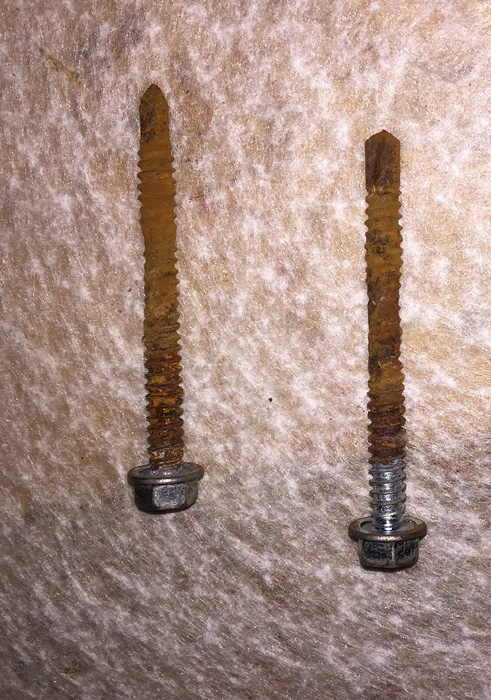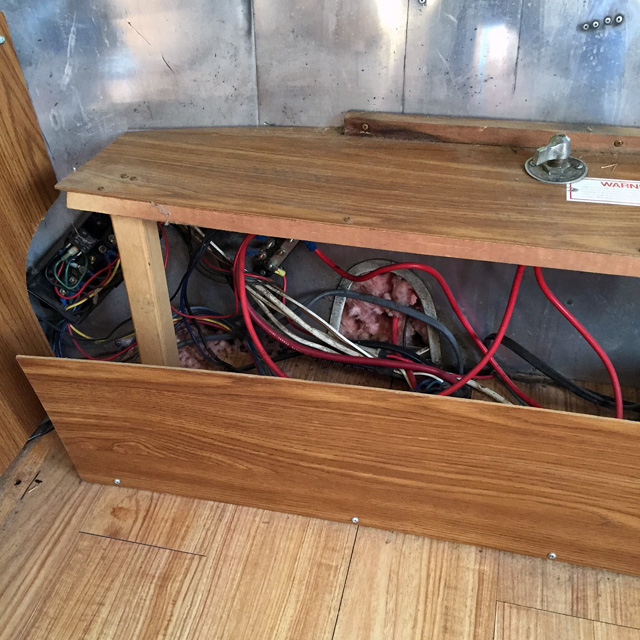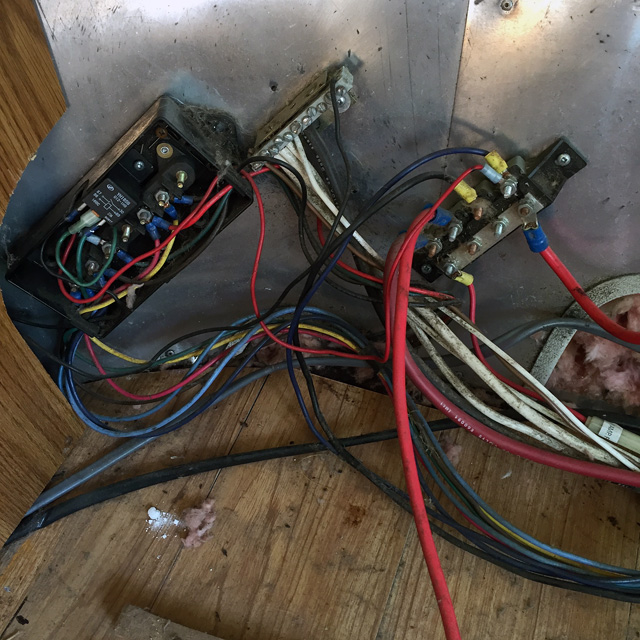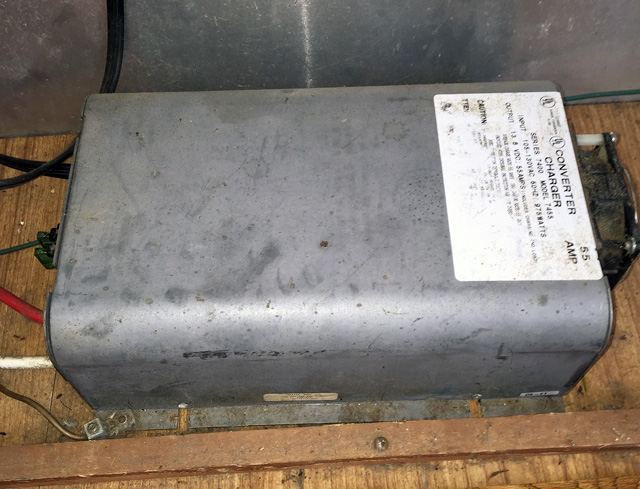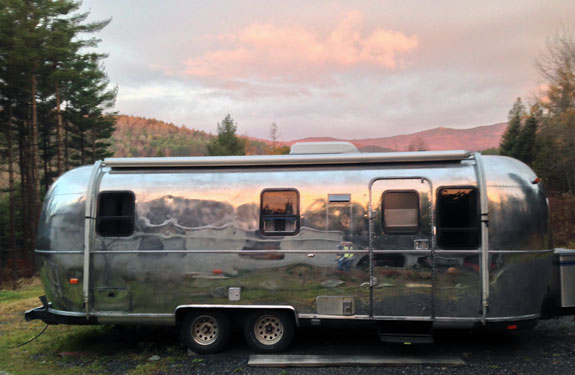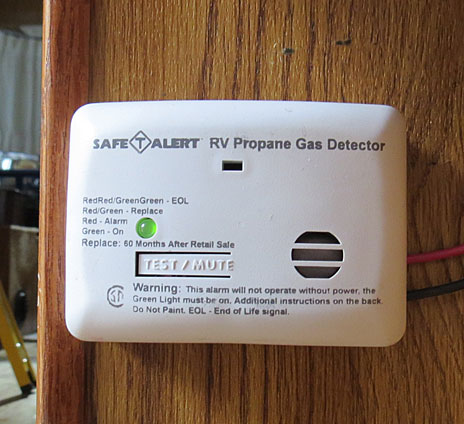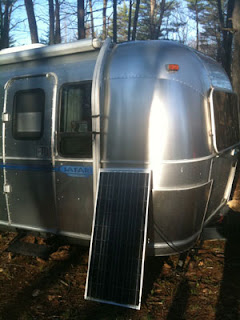As I get ready for a long trip, I am trying to address one of the issues that Interstates like mine have – which is weak electrical systems for camping in spots without hookup aka as boondocking. It is a problem I knew about and frankly, don’t anticipate long stints in non-electric situations. However, many state parks and federal sites are definitely non-utility.
The problem comes primarily from the refrigerator, which is electric only. Most trailers have a dual-option system where you can run on just propane but the wizards at Airstream decided, probably for venting issues, to opt for an electric-only. I can hear the design team: “They have an onboard generator, no problem.”
I had a small solar panel that we logged with the Safari trailer and decided to use that if I could. There’s really no room on the roof for panels without a lot of time and expense so I studied things a bit and to use a pun, a light bulb went off. I had two new deep cycle batteries – about 150 amp-hours total – which was less capacity than I wanted. They also had a vent tube going out to the side of the van. Voila! I could used AGM batteries, which require no venting, and run the line from the solar panel in through the vent. Of course, it sounded easier than it was.
I bought two 6 volt Lifeline golf cart batteries which fit into the limited space, connected them to get 12 volts and 220 amp-hours. Here’s a shot of the rabbit’s warren of wires – I’ve got a little finishing work to do.
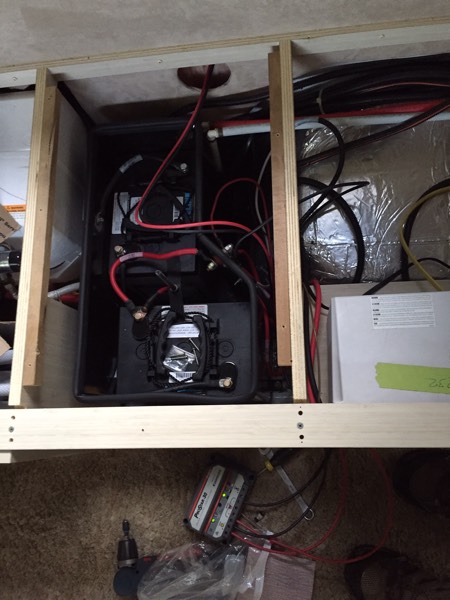
My brother Barry suggest that I use a quick disconnect plug like he has used – and ordered me one. I bought the charge controller for the solar panel (to avoid overcharging the batteries) and some wire and fittings. Of course, the ground to the battery box snapped off when I tried to use it and I must of dropped some of the small screws for the disconnect several dozen times. The finished project looks pretty good.
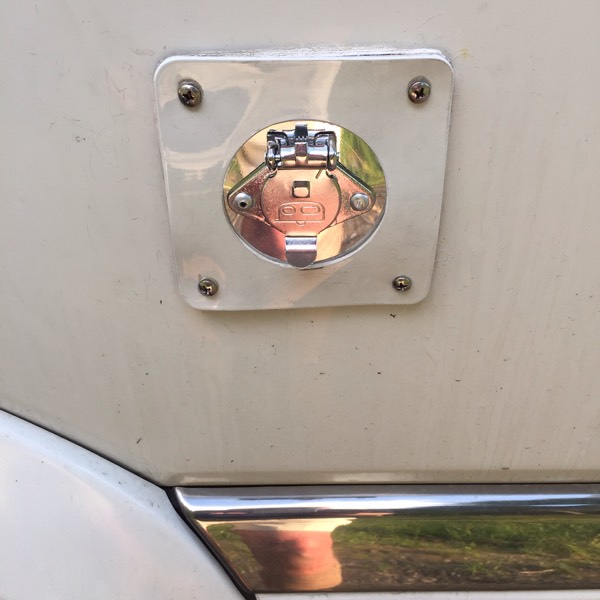
I got everything ready, plugged in the panel, and we had liftoff. It’s not a big solar gain, probably 4 amps in full sunlight, but it will help nicely.
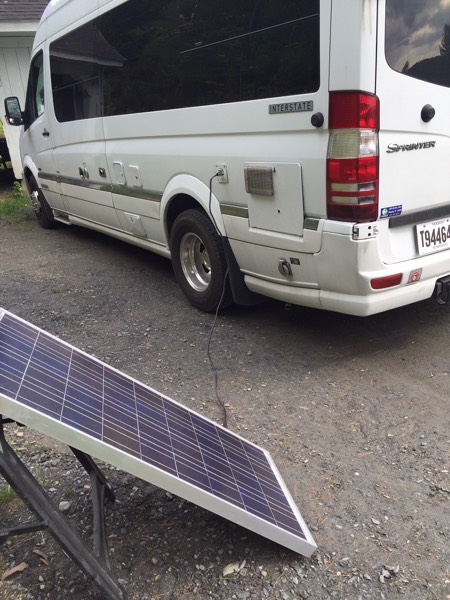
I have a good place to stow the panel inside the van so we’ll see how things go. The van has its own battery for the engine but while travelling, I should get some charging of the house batteries. I’ll test this out over the next few months and see if I need more capacity. For now, it was a relatively inexpensive do-it-yourself project (with technical assistance from my brother) that seems to be a good start to energy independence. Nothing like seeing that panel just sit there and quietly crank. Stay tuned.

